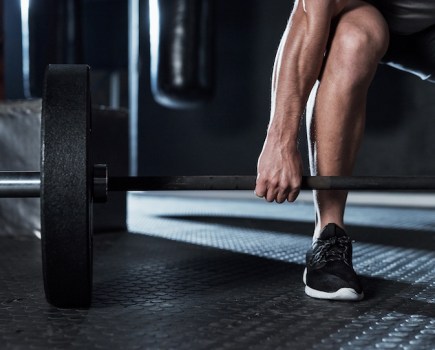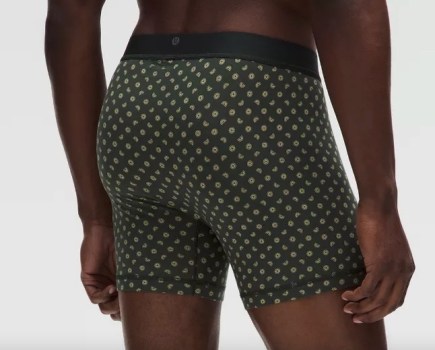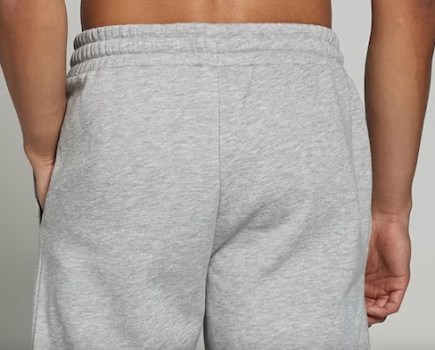Wit x Airwaav Mouthpiece review: Can biting down on this science-backed mouthpiece unlock extra performance and recovery gains?
WIT x Airwaav Mouthpiece
BUY IT NOW:
$66 / £49.99, wit-fitness.com
Pros:
- Easy to clean
- Small and compact
- Comes with carry case
Cons:
- Fiddly to get a good fit
- Doesn’t fit as tight as some mouthpieces
- Hard to pinpoint performance benefits
Fit: 3/5
Comfort: 3/5
Performance: 3.5/5
OVERALL: 3/5
You might be familiar with mouthguards that stop your gnashers getting bounced out of your gums while competing in contact sports but the WIT x Airwaav Endurance and HIIT mouthpieces are different. Rather than protect your pearlies, these mouthpieces are made to boost your athletic performance.
They’re made from Vistamaxx™ – a hydrophobic fitting material that’s thinner than typical athletic guards – and are designed to sit in the bottom of your mouth, directing your tongue down and forward when you bite.
Why’s that good? Well, according to Dena Garner PhD, the researcher behind the Airwaav performance mouthpiece, “contracting your tongue, shifting your mandible forward and biting down on the mouthpiece results in opening of airways, decreased cortisol, respiratory rate and lactate levels”.
Check out the best gym shoes for 2023
There’s a weight of research to back up the benefits of using a mouthpiece. That includes lowering your workout breathing rate by as much as 20%, reducing lactate levels so you can potentially exercise longer, and cutting post-workout cortisol levels by up to 50%. Lower cortisol means faster recovery time between sessions. The Airwaav also claims to enhance strength by improving muscular endurance. That’s a whole lot of gains for a simple piece of kit.
There are two mouthpiece designs. The Endurance mouthpiece is made for a tighter, lockdown fit with a narrow bite channel with form-fitting bars along the bite plate. The HIIT model has an open bite channel and thinner sidewalls for a relaxed, looser fit.
WIT x Airwaav performance
The HIIT mouthpiece comes ready to roll, you can just pop it in and get to work. But the first thing you need to do with your Airwaav Endurance mouthpiece is mould it to your teeth to get that tighter fit.
That’s a slightly fiddly and unnerving procedure involving a microwave, wet paper towels and cold water. Even after I’d followed the video tutorial and heated the shield to become soft and pliable, before popping it into my mouth, hoping it wouldn’t stick to my teeth or pull my fillings out, I wasn’t 100% sure I’d got the right fit. It still felt loose. However, you can remould it to get the fit right, but it does takes some faffing.
Once fitted, the shield is relatively comfortable, though if you’re new to using a mouthpiece like me, it takes some getting used to. It’s pretty easy to drink and talk with the shield in place but I found quite a lot of saliva built up. I also found my tongue often drifted over the intake bar, which may well defeat the point.
WIT x Airwaav benefits
I used the Airwaav for more than a month. During that time I did strength work, high intensity dynamic sessions and long endurance runs. The biggest benefit I noticed was the positive effect on my breathing. Particularly so on the high intensity workouts and runs – doing sprint intervals, for example. It helped me control my breath and get more air in. I also noticed less breathlessness and a quicker return to lower heart rate after.
Another notable benefit was if, like me, you clench your teeth when you lift, the Airwaav definitely offers protection.
Did I notice any significant gains in my performance? That’s harder to spot. I did benchmark tests (8 x 200m interval runs and an 80-calorie row) on day 1 and then retested after 3 weeks of using the Airwaav and my performance wasn’t significantly better.
That doesn’t mean it wasn’t working. There were other mitigating factors in my training that may have impacted performance – a holiday, poor sleep before the second test etc.
But for me this goes into the same box as some supplements. It’s hard to say for definite if it’s bringing benefits. But if you don’t suffer any negatives from using it and you’re looking for marginal gains, there’s almost nothing – aside from $66 / £50 – to lose.







